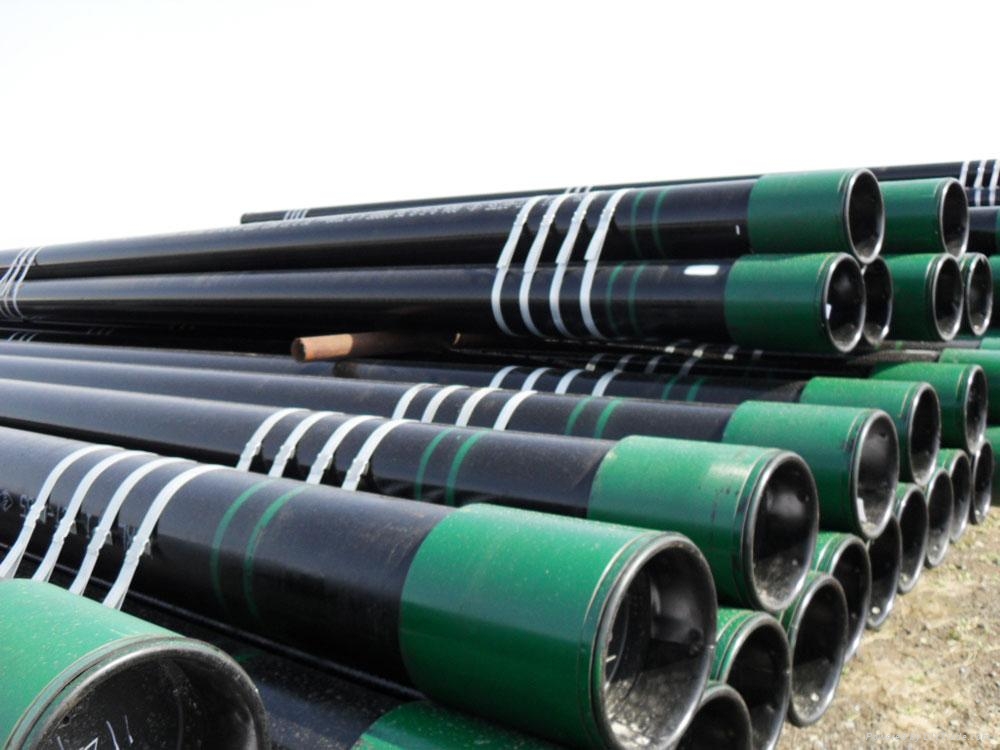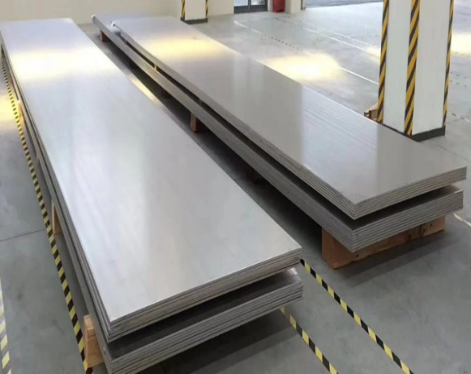Casing pressure is the pressure exerted by the surface on the casing inside the well. Reasonable control of casing pressure can maintain a good dynamic fluid level, thereby improving the high and stable production of oil wells. For gas wells, the casing can have several layers. Cement is cemented between different casings, and annulus protection fluid is added. The casing pressure is the residual pressure of the annulus pressure between the casings at the wellhead. It can be measured through the four layers of the gas production tree. Check the casing pressure with the installed pressure gauge. In many low-pressure gas wells or oil wells, oil pipes are connected to casing, and production can be achieved through oil pipes or casing. However, for high-production and high-pressure gas wells, packers or cement cementing are used to seal the casings, and the annulus of the casing is different. Different pressure-bearing capacities must prevent pressure channeling between casings. Excessive casing pressure may cause casing rupture and natural gas to escape to the surface.

How to reasonably control casing pressure during normal oil well production?
Workers can use a nozzle-type plunger-type casing pressure constant pressure valve to control the casing pressure.
1. Operational difficulties
Casing pressure is one of the important parameters for oil well production. Its changes and fluctuations will directly affect the sinking degree of the oil well, crude oil production, pump efficiency, degree of wax deposition, etc. During the oil well production process, when the bottom well pressure is lower than the saturation pressure, natural gas is separated from the crude oil. Part of the separated natural gas accumulates in the annular space of the oil casing to form casing pressure. If the casing pressure is too high, the hydraulic fluid level is forced to rise. When the dynamic liquid level drops to the suction port of the deep well pump, the gas will escape into the deep well pump, reducing the pump efficiency, causing the oil well to stop production, and in severe cases, air locking will occur.
2. Crack method
Traditional casing constant pressure valves mostly use flange or threaded connections. The constant pressure valves are large in size and troublesome to install. Most of them use an adjusting rod or a sealing pressure cap at the rear of the valve body to adjust the compression of the spring to control the discharge of casing gas. , this pressure regulating method has a small pressure regulating range. If the pressure is adjusted too much, the sealing threads will be reduced. Moreover, during the pressure regulating process, it is not known how many threads are left on the sealing pressure cap, which may easily lead to safety hazards such as the sealing pressure cap being punched out. In addition, the casing gas discharged by the traditional casing constant pressure valve is directly discharged into the atmosphere, causing a waste of energy and seriously polluting the environment.
3. Application effect
The nozzle-type plunger-type casing pressure constant pressure valve determines the pressure adjustment size by selecting different springs. Therefore, the spring is a key part of the constant pressure valve. Whether its design is accurate or not directly affects the accuracy of the casing gas constant pressure. Select different levels of springs based on actual well conditions to determine reasonable casing pressure. During winter production, if the casing pressure and constant pressure valve is frozen and blocked, you only need to remove the plug at the end of the casing and use a needle to move the plunger in the casing and constant pressure valve repeatedly to unblock and thaw it.
The nozzle-type plunger-type casing pressure constant pressure valve improves pump efficiency by controlling casing pressure, thereby maintaining a reasonable fluid level in the oil well, preventing gas from escaping into the deep well pump, reducing the impact of gas, and maintaining a reasonable production pressure difference in the oil well. In addition, the released casing gas can be directly input into the natural gas pipeline, completely solving the problem of casing gas emissions polluting the atmospheric environment and avoiding the waste of natural gas resources.

How to reasonably control casing pressure during normal oil well production?
Workers can use a nozzle-type plunger-type casing pressure constant pressure valve to control the casing pressure.
1. Operational difficulties
Casing pressure is one of the important parameters for oil well production. Its changes and fluctuations will directly affect the sinking degree of the oil well, crude oil production, pump efficiency, degree of wax deposition, etc. During the oil well production process, when the bottom well pressure is lower than the saturation pressure, natural gas is separated from the crude oil. Part of the separated natural gas accumulates in the annular space of the oil casing to form casing pressure. If the casing pressure is too high, the hydraulic fluid level is forced to rise. When the dynamic liquid level drops to the suction port of the deep well pump, the gas will escape into the deep well pump, reducing the pump efficiency, causing the oil well to stop production, and in severe cases, air locking will occur.
2. Crack method
Traditional casing constant pressure valves mostly use flange or threaded connections. The constant pressure valves are large in size and troublesome to install. Most of them use an adjusting rod or a sealing pressure cap at the rear of the valve body to adjust the compression of the spring to control the discharge of casing gas. , this pressure regulating method has a small pressure regulating range. If the pressure is adjusted too much, the sealing threads will be reduced. Moreover, during the pressure regulating process, it is not known how many threads are left on the sealing pressure cap, which may easily lead to safety hazards such as the sealing pressure cap being punched out. In addition, the casing gas discharged by the traditional casing constant pressure valve is directly discharged into the atmosphere, causing a waste of energy and seriously polluting the environment.
3. Application effect
The nozzle-type plunger-type casing pressure constant pressure valve determines the pressure adjustment size by selecting different springs. Therefore, the spring is a key part of the constant pressure valve. Whether its design is accurate or not directly affects the accuracy of the casing gas constant pressure. Select different levels of springs based on actual well conditions to determine reasonable casing pressure. During winter production, if the casing pressure and constant pressure valve is frozen and blocked, you only need to remove the plug at the end of the casing and use a needle to move the plunger in the casing and constant pressure valve repeatedly to unblock and thaw it.
The nozzle-type plunger-type casing pressure constant pressure valve improves pump efficiency by controlling casing pressure, thereby maintaining a reasonable fluid level in the oil well, preventing gas from escaping into the deep well pump, reducing the impact of gas, and maintaining a reasonable production pressure difference in the oil well. In addition, the released casing gas can be directly input into the natural gas pipeline, completely solving the problem of casing gas emissions polluting the atmospheric environment and avoiding the waste of natural gas resources.









